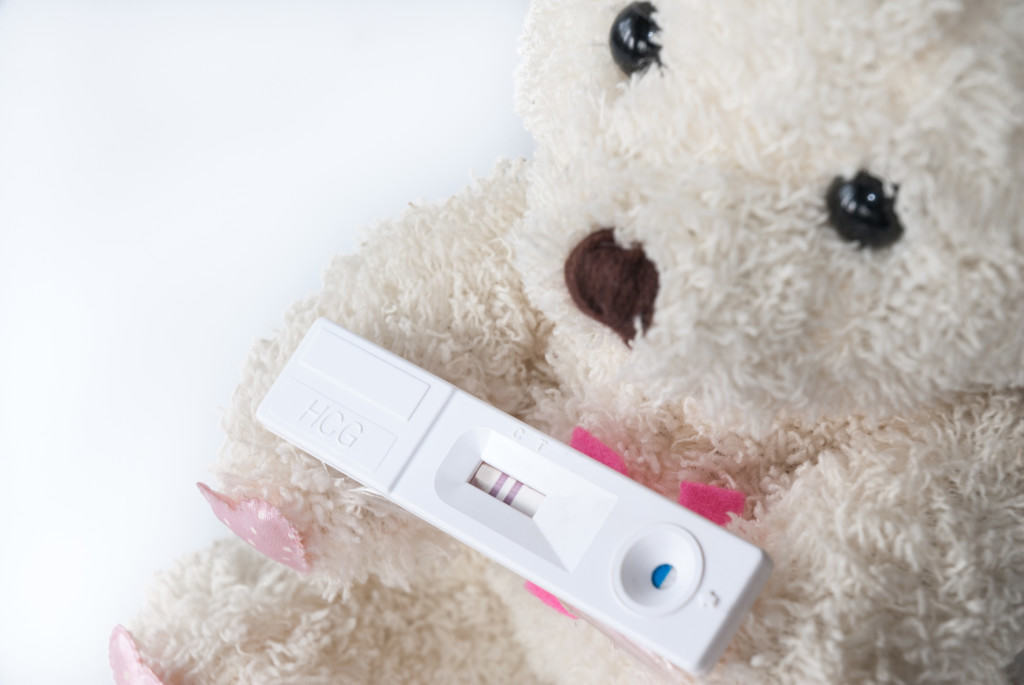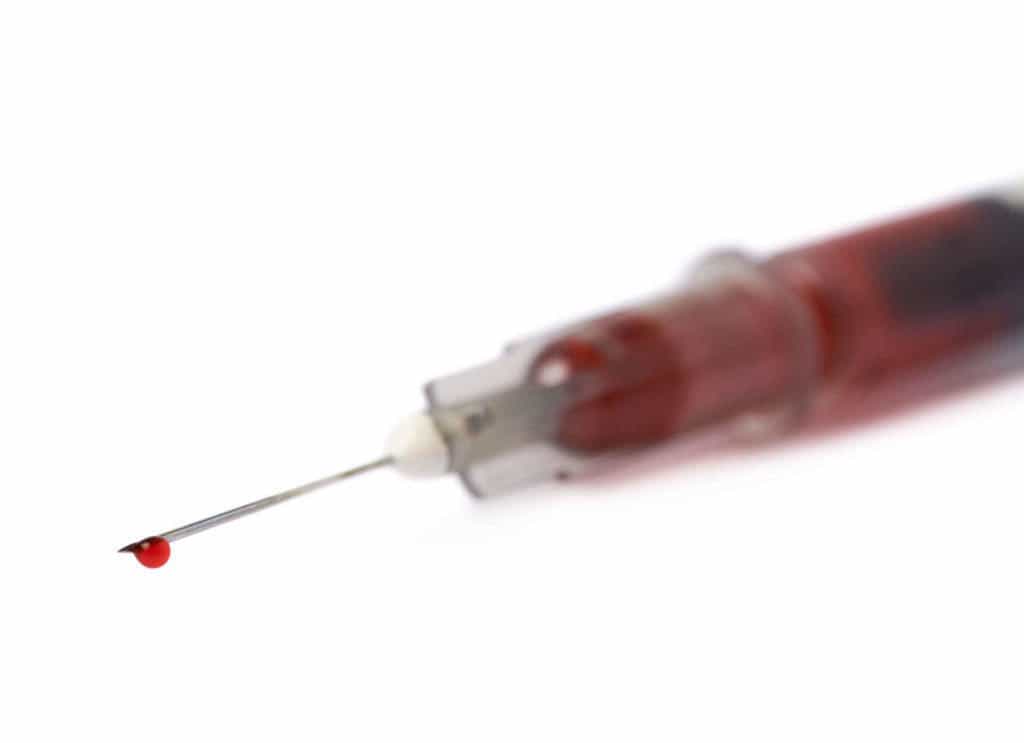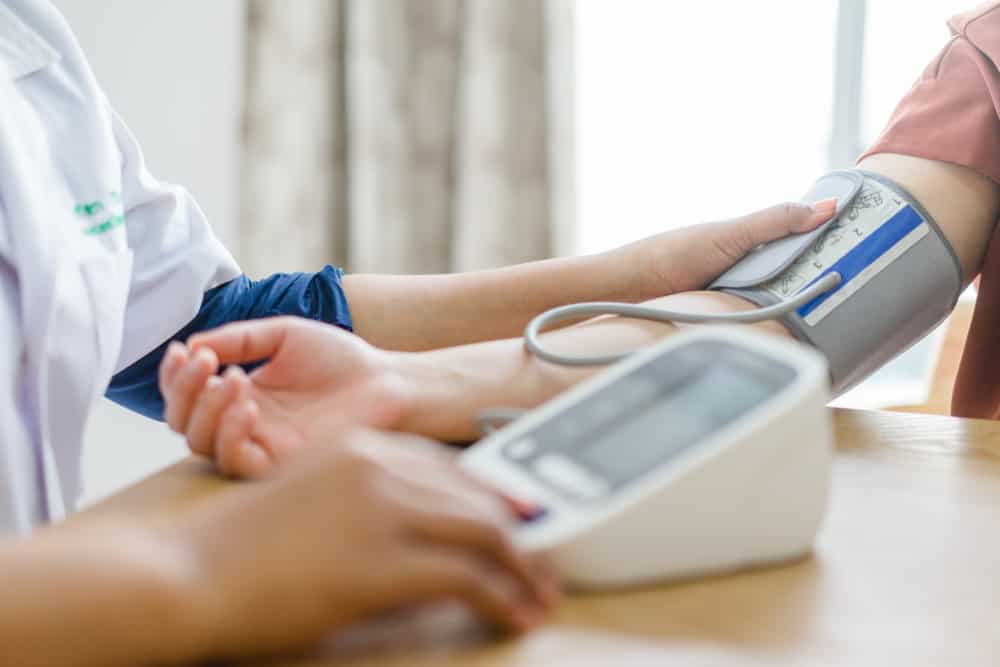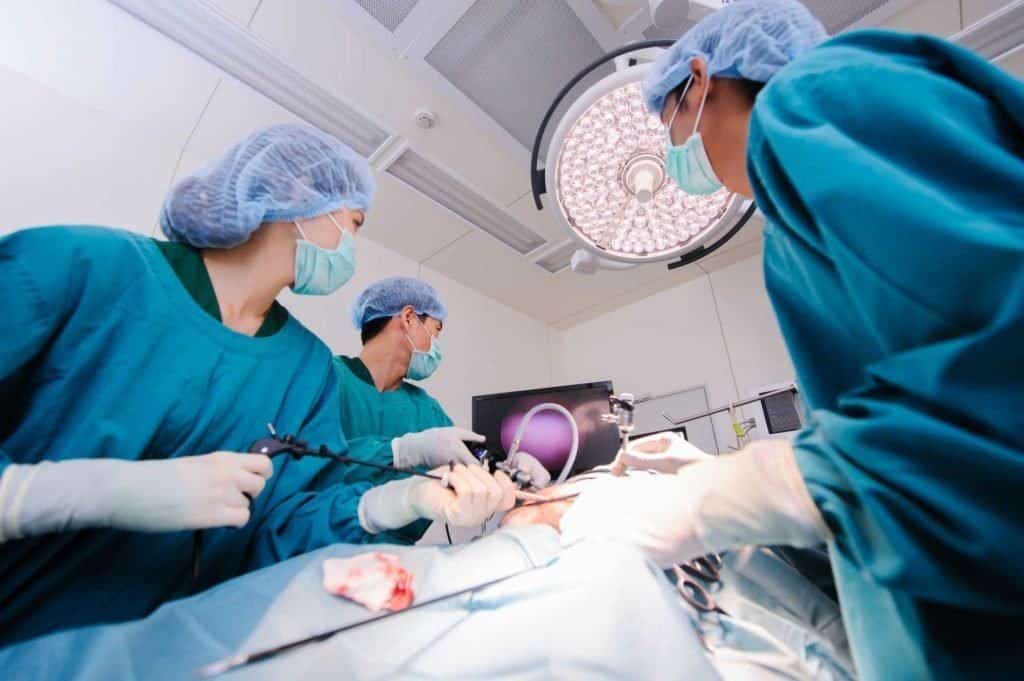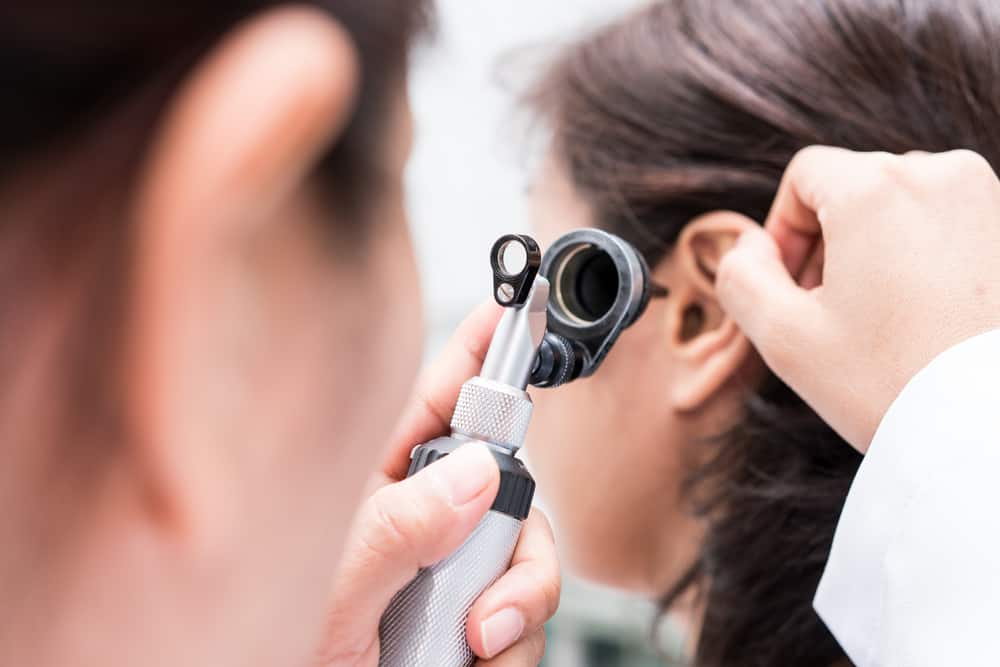Contents:
- Medical Video: Fertilization (Conception)
- What is pregnant?
- Female egg
- Male sperm cells
- How can a baby be formed?
Medical Video: Fertilization (Conception)
What is pregnant?
Pregnancy is a process that occurs naturally in male and female couples. Pregnancy occurs when a male sperm fertilizes a female egg. For some women, pregnancy can occur quickly, but for other women it may take longer. Of the 100 couples who tried to have children, 80-90 couples succeeded in approximately a year. While the rest takes longer, even requires help to get pregnant.
Female egg
What makes a woman pregnant is the ovary or ovary, two glands that are shaped like almonds that attach to the right and left side of the uterus.
The egg reaches a fertile period in one of the ovaries in the middle of the menstrual cycle, between the 12th and 16th days, to then be released and immediately captured by the tip of the closest fallopian tube. (Fallopian tubes: channels that connect the ovary and uterus.)
The release of an egg called the fertile period signifies the start of the conception process. Egg cells that have an average life span of only 24 hours must be fertilized immediately so the pregnancy can occur. If the egg meets healthy sperm cells on its way to the uterus, the two cells will unite to create a new 'life'.
If the two cells do not meet in the womb, then the possibility is that the cell dies or is absorbed by the body. When pregnancy does not occur, the ovaries or ovaries stop producing the hormones estrogen and progressesterone (hormones that work throughout pregnancy) and the uterine wall will turn into menstrual blood.
Male sperm cells
When women ripen an egg in a period of about one month, men continue to work to produce millions of sperm cells that aim to fertilize the egg. While women are born complete with all the eggs they will need later, men are not equipped with sperm ready. Men must produce their own sperm cells and approximately need 64 - 72 days for new sperm formation.
Sperm lives in the male body within a few weeks (on average) and there are about 250 million cells released during ejaculation. This indicates that there will always be sperm being produced.
The testis, a pair of glands located in the scrotum sac below the penis, is where sperm is produced. The testis in the form of hanging outside the male body is due to its condition which is quite sensitive to temperature.
To produce healthy sperm cells, the testes must be at a temperature of around 34 degrees Celsius, cooler than the normal temperature of the human body). Sperm cells are then stored in the part of the testis called epididymis before mixing with semen and before ejaculation.
Even though there are millions of sperm produced and ejaculated, only one cell can fertilize an egg - even in the case of twin pregnancies. The sex of the embryo that will be produced will depend on the type of sperm that is able to reach the egg for the first time. Sperm with the X chromosome will produce a baby girl while sperm with the Y chromosome will produce a baby boy.
The myths about choosing the sex of a baby have been around for centuries. Some are even supported by scientific evidence, but the possibility of the baby's sex is still determined randomly.
How can a baby be formed?
When having sex, your body can get an orgasm. Please note that orgasm also plays an important role in the biological function of the body. For men, orgasm pushes the sperm-filled liquid into the vagina to the cervix or cervix with an estimated speed of 16 km / hr. The urge when ejaculating makes it easier for sperm to find a way to swim towards the egg. Women do not have to get an orgasm so pregnancy can occur. Uterine contractions, even the slowest ones, can make sperm swim more smoothly even without a female orgasm.
For those of you who want or will become pregnant, living sperm cells need to be in your reproductive tract during the fertile period.
Not all women experience a fertile period in the middle of their menstrual cycle or within the same period every month. To increase the chances of pregnancy, try to have sex every two days or throughout your 'clean day'.
At this point there is not much that can be done besides hoping to get a pregnancy. While you and your partner enjoy moments after sexual intercourse to calm down or even embrace, many things happen in your body at that time. Millions of sperm cells have begun their journey to find eggs and this is not an easy thing. The first challenge may come from cervical mucus that looks like a net that cannot be penetrated by anything outside the fertile period. However, during your fertile period, the cervical mucus will magically stretch to make way for the strongest sperm cells on their way to the egg cell.
Sperm that can survive in a woman's body still faces a long journey from the cervix to the uterus to then lead to the fallopian tube - the total length of travel is around 18 cm, with an estimated achievement of 2.5 cm every 15 minutes. The fastest swimming sperm can take at least 45 minutes and a maximum of up to 12 hours. Sperm will survive in a woman's body for up to 7 days if the sperm does not find the egg in the fallopian tube. This can mean that if you experience a fertile period in that period, pregnancy can still occur.
Sperm failure rates are very high; only a few are able to find eggs. The rest get lost or lose their way, swim to the wrong fallopian tube, or die while traveling. For some cells that might be lucky to be around the egg, their journey hasn't stopped there. These cells must compete to penetrate the egg before the others. The egg cell needs a ripening process within 24 hours after its release; when there is a sperm cell that can penetrate the egg, the egg will prevent other sperm from being able to penetrate again. The mechanism is a kind of shield that protects and secures the presence of sperm in the egg cell.
During the fertilization process, genetic material in sperm and egg cells joins to form new cells which will divide themselves. This new cell series is called a blastocyte. The blastocytes will escape from the fallopian tubes and head towards the uterus. The trip can take up to 3 days.
Pregnancy does not really occur before the blastocyst attaches itself to the uterine wall and then develops into an embryo and placenta. Usually the blastocyte will stick and develop elsewhere other than the uterus, usually in the fallopian tubes - this is referred to as an ectopic pregnancy and is categorized as a medical emergency. Ectopic pregnancy or pregnancy outside the uterus cannot be successful and must be treated immediately to prevent fallopian tube damage.
It takes about a few weeks when you do not experience menstruation and suspect pregnancy. If you do not experience menstruation or have signs of pregnancy, do a pregnancy test at home to ensure all possibilities. If the results are positive, congratulations for those of you who will take a new trip as a prospective parent.

